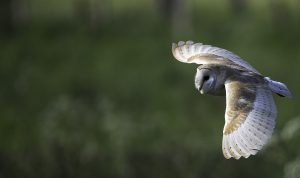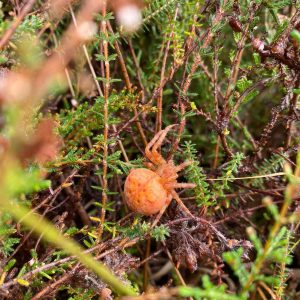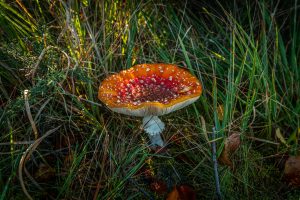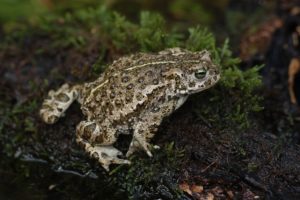Meet the “not-so-spooky” species of the South Downs
October 3, 2024
As the crisp autumn air settles in and the evenings grow longer, thoughts often turn to all things spooky and mysterious.
But here in the South Downs National Park, not all creatures of the night – or day – are as eerie as they may seem.
Let’s take a lighthearted look at some of the incredible plants and animals that call the South Downs their home.
These species may have an air of mystery, but rest assured, they’re far from frightening!
Barn Owl

Gliding silently over the open fields of the South Downs, the barn owl is a captivating sight.
With its ghostly white feathers and hear-shaped face, it’s easy to see why this nocturnal bird has earned a reputation in folklore as an omen of mystery.
But there’s nothing to fear here.
Spotting a barn owl in the wild is more enchanting than spooky, especially as it hovers above the fields at dusk, searching for its next meal.
Pipistrelle Bat

Bats are often cast as the quintessential Halloween creature, associated with haunted houses and dark nights.
But here in the South Downs, bats are vital to maintaining healthy ecosystems,
Species like the pipistrelle bat, one of the smallest in the UK, can be seen darting through the twilight sky, feasting on insects like moths and midges.
Far from being spooky, these acrobatic flyers are impressive pest controllers, and watching them on a quiet evening is a mesmerising experience, not something to fear.
Cross Spider

Though their webs may be reminiscent of haunted house décor, the cross spider aka Garden Spider is a gentle creature that wants nothing more than to go about their daily business of catching bugs.
Although spiders can make people shudder, they are a crucial part of our ecosystem, keeping other insects in check.
Autumn is the garden spider’s time to shine.
During the day, they can be seen sitting motionless in their centre of its web or hiding in a nearby crevice, waiting for unsuspecting insects to fly into its trap.
Fly Agaric

While fungi have long been associated with the mysterious and magical (think fairy rings and toadstools in enchanted forests), many species found in the South Downs are fascinating rather than frightful.
October is prime time for spotting a variety of mushrooms in the park, such as the strikingly beautiful fly agaric with its red cap and white spots.
Though it may look like something from a witch’s potion, this fungus is best admired from a distance due to its toxicity.
Other varieties, like the delicate amethyst deceiver or the fairy inkcap, add a splash of colour and intrigue to the autumn woodlands.
They are a reminder of nature’s incredible diversity.
Natterjack Toad

Among the more elusive creatures of the South Downs, the natterjack toad might initially seem like the kind of critter to avoid on a dark, misty evening.
But these toads are far from spooky – though their loud, distinctive croak might send a shiver down your spine if you’re not expecting it.
Typically found in sandy heaths and shallow ponds, the natterjack is a very rare species and is specially protected.
The South Downs provides important habitat for these toads, offering the warm, dry conditions they need to thrive.
Despite their eerie nighttime calls, these roads are definitely endearing rather than eerie and it’s a delight to encounter one.
Embrace the mystery of nature
This Halloween, why not take a walk through the South Downs and attempt to hear and see these “not-so-spooky” species in action?
Whether it’s watching a barn owl in silent flight or spotting the vibrant fungi decorating the forest floor, the National Park is full of natural wonders that are more fascinating than frightening.
So, grab your walking boots, pack a flask of something warm, and step into the wild to experience the magical, mysterious and entirely non-scary wildlife of the South Downs.
Happy Halloween!
